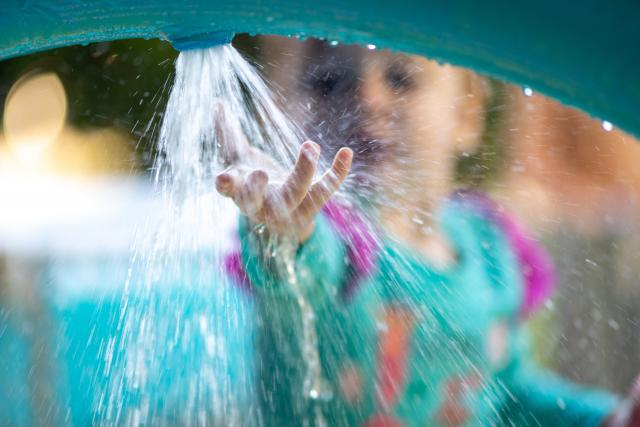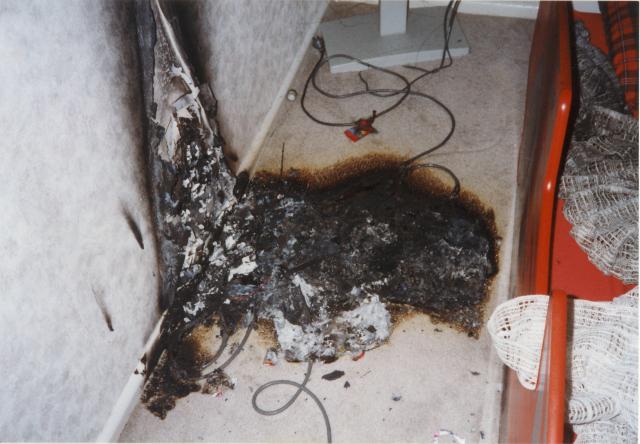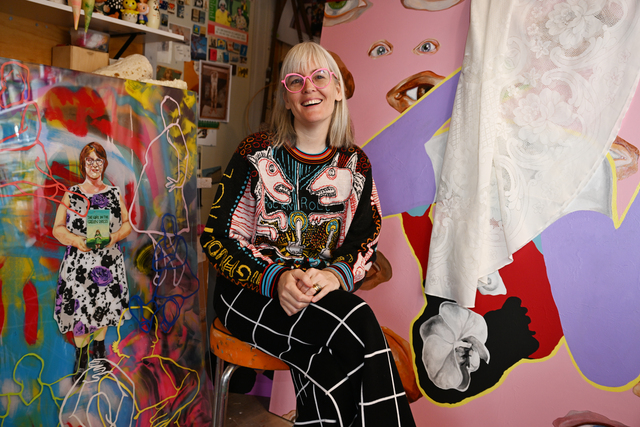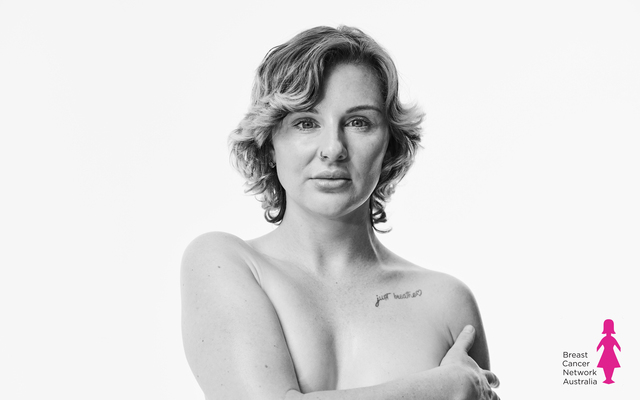Experts are warning parents and carers to check around their homes for potential hazards to help reduce the risk of children drowning.
Accidental drowning continues to be one of the leading causes of death for Australian children, Jason Chambers, General Manager of Kidsafe Victoria said.
“Toddlers are naturally curious, yet don’t understand the dangers that water can pose. Because they tend to be top heavy, they can easily topple over into the water as they lean over or reach for an object,” Mr Chambers said.
“Twenty seconds and a few centimetres of water is all it takes for a toddler to drown – this means that items including eskies with melted ice, buckets, fish ponds, wading/portable pools and even pet water bowls, can all pose a potential drowning hazard.”
Brooke urges parents to take precautions so that other families don’t have to live through what she has.
“I hadn’t thought that an eski would be a hazard,” Brooke said.
“Oscar was playing outside in a safe space while I went to put dinner on. I was only gone for a couple of minutes when I realised it had gone too quiet. I found Oscar with his little legs sticking up out of the eski and his head was under water.”
Brooke performed CPR on her son and despite oxygen deprivation concerns, Oscar had no lasting effects.
“CPR really does save lives. Your split second decision can give another person a second chance at life, and my son is living proof of that,” Brooke said.
“I want other parents to know how dangerous containers like eskies with melted ice can be and to never leave their children unsupervised around them.”
Kidsafe advises parents to actively supervise their children or appoint designated supervisors, restrict access to bodies of water, empty objects that hold water right after using them and to learn CPR.







